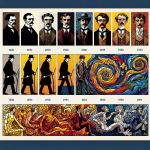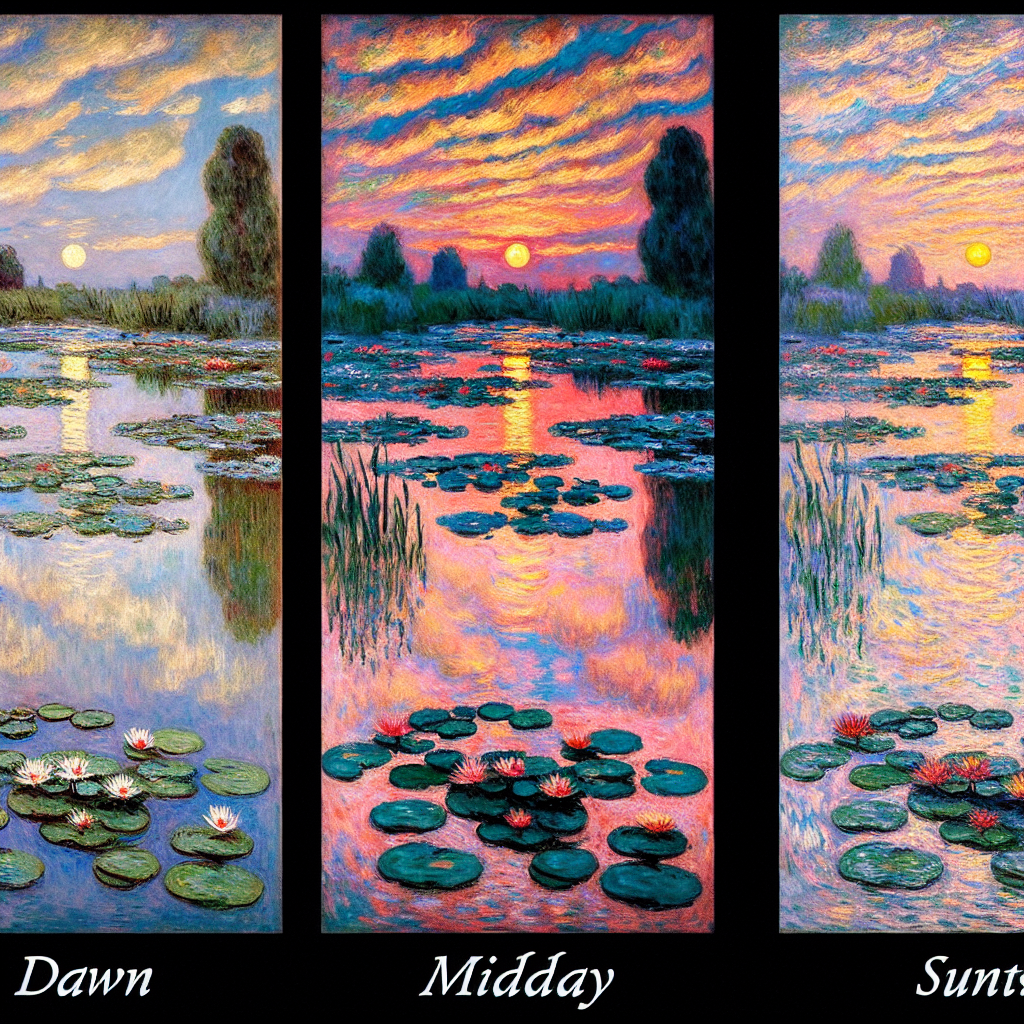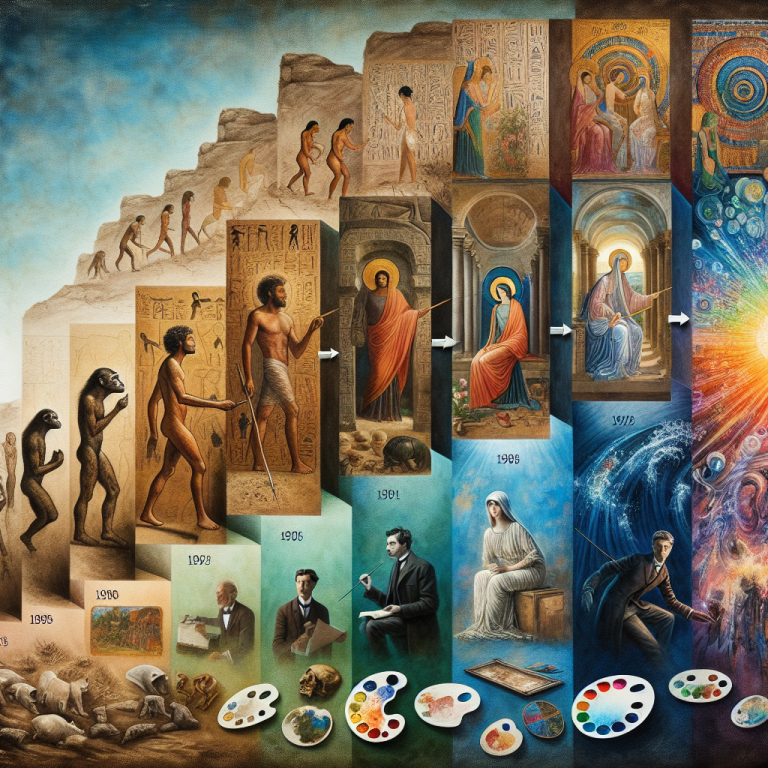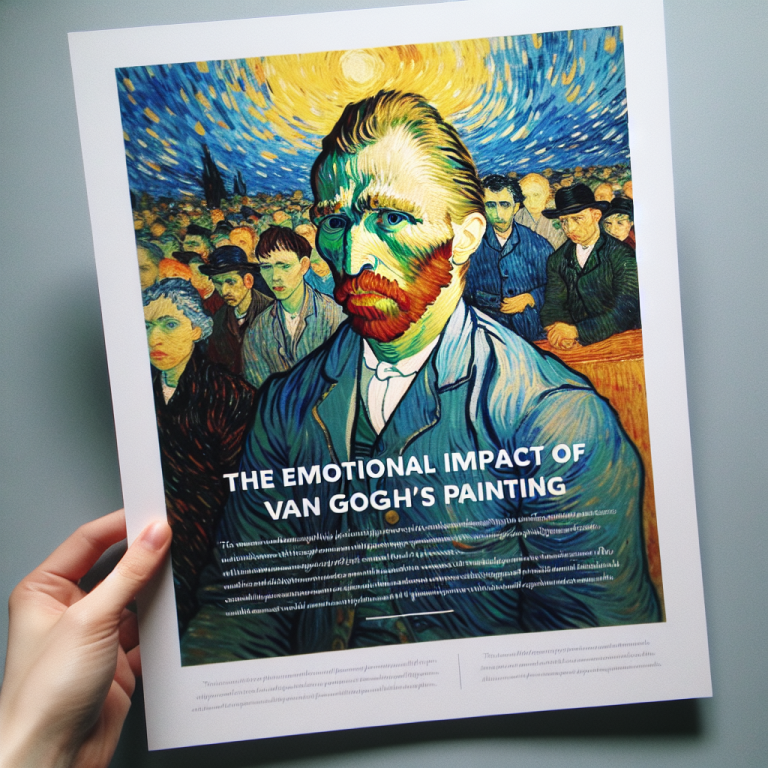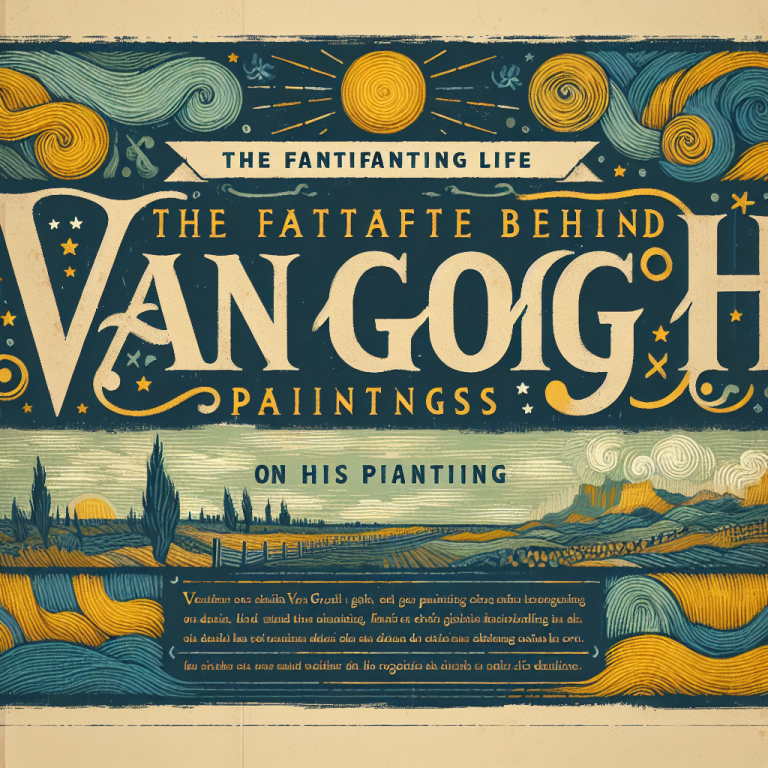
Imagine walking through a lush garden, filled with vibrant colors and delicate flowers. Each step reveals a new perspective, a new shade, a new texture. This is the world of Claude Monet, the master of Impressionism, whose series paintings captivate and mesmerize audiences around the globe.
La fascinación de Monet con la repetición y la variación
Claude Monet was a visionary artist who pushed the boundaries of traditional painting. Instead of creating one-off works of art, he delved into the concept of series paintings, exploring the nuances of light, color, and form in a single subject over a period of time. Through this method, Monet was able to capture the ever-changing nature of reality and create a sense of movement and life in his works.
One of the most famous series by Monet is his Water Lilies, a collection of paintings depicting his beloved garden pond at Giverny. Through these works, Monet explored the shifting reflections of the water, the play of light on the surface, and the endless variations of color and form. Each painting in the series is a unique interpretation of the same subject, showcasing Monet’s mastery of repetition and variation.
El impacto de las series de Monet en la historia del arte
Monet’s series paintings revolutionized the art world and inspired generations of artists to come. By emphasizing the process of creation over the final product, Monet challenged the conventions of his time and paved the way for the development of modern art. His innovative approach to painting, characterized by loose brushwork and vibrant colors, captured the essence of the fleeting moment and the impermanence of nature.
Through his series paintings, Monet captured the essence of time and space, revealing the interconnectedness of all things in the natural world. His works are a testament to the beauty and complexity of life, inviting viewers to immerse themselves in the sensory experience of his paintings and appreciate the wonders of the world around them.
La técnica de Monet: maestría en la repetición y variación
Monet’s technique is a study in repetition and variation, as he meticulously painted the same subject multiple times to capture its essence from different perspectives. By observing the subtle changes in light, color, and form, Monet was able to create a sense of movement and dynamism in his works, imbuing them with a life of their own.
One of the key elements of Monet’s technique was his use of broken color, where he applied dots or dabs of pure pigment to create the impression of color mixing optically. This technique, known as Pointillism, allowed Monet to achieve a sense of vibrancy and luminosity in his paintings, capturing the ephemeral quality of light and atmosphere.
Las series de Monet en la actualidad
Today, Monet’s series paintings continue to captivate audiences and inspire artists around the world. His timeless works are a testament to the power of repetition and variation in art, showcasing the infinite possibilities of creativity and expression. Whether you’re a seasoned art enthusiast or a casual observer, exploring Monet’s series is a journey of discovery and wonder, inviting you to see the world in a new light.
Preguntas frecuentes
¿Cuántas series de Monet existen?
Monet created several series throughout his career, including the Water Lilies, Haystacks, Rouen Cathedral, and Poplars. Each series explores a different subject and showcases Monet’s mastery of repetition and variation.
¿Por qué Monet se enfocó en las series en lugar de obras individuales?
Monet was drawn to the concept of series paintings because they allowed him to delve deeper into the essence of a subject and capture its ever-changing nature over time. By painting the same subject multiple times, Monet was able to explore different perspectives and create a sense of movement and life in his works.
¿Cuál es la relevancia de las series de Monet en la historia del arte?
Monet’s series paintings revolutionized the art world and laid the foundation for modern art movements such as Abstract Expressionism and Color Field painting. His innovative approach to painting, characterized by loose brushwork and vibrant colors, inspired generations of artists to explore new ways of seeing and expressing themselves.




